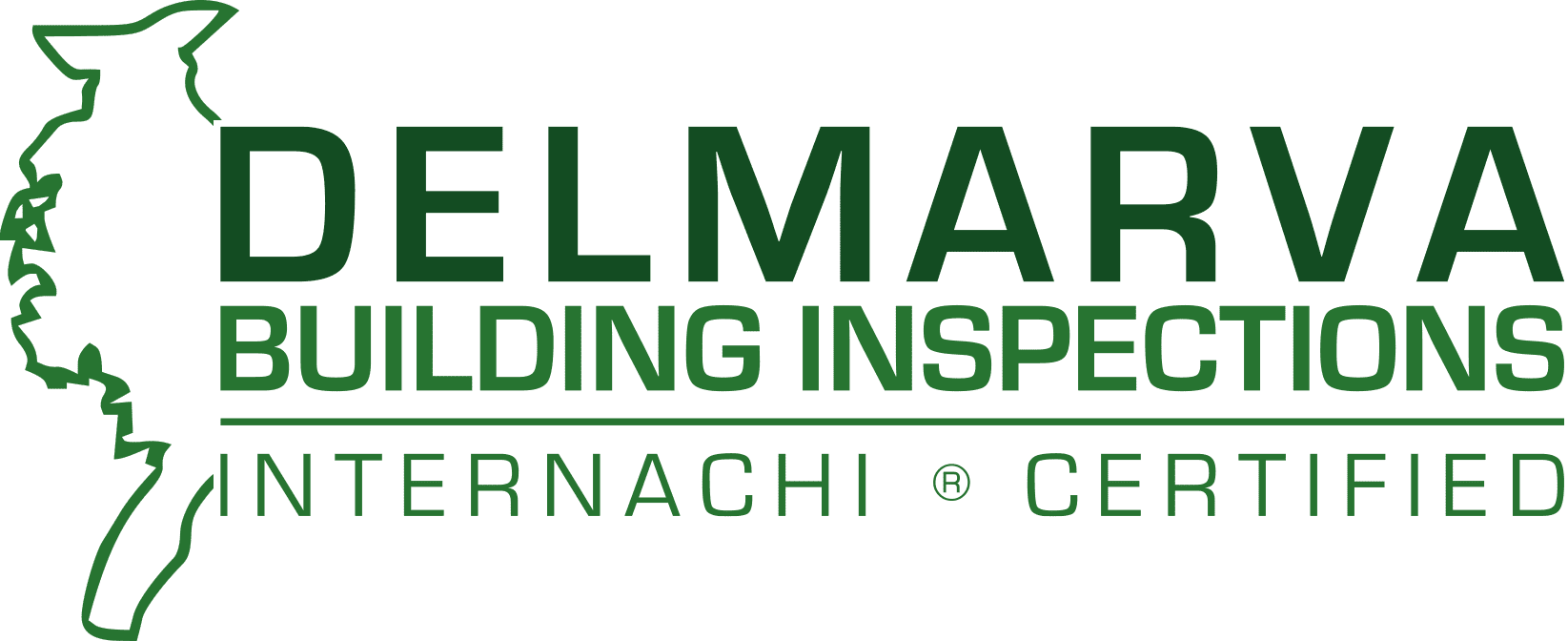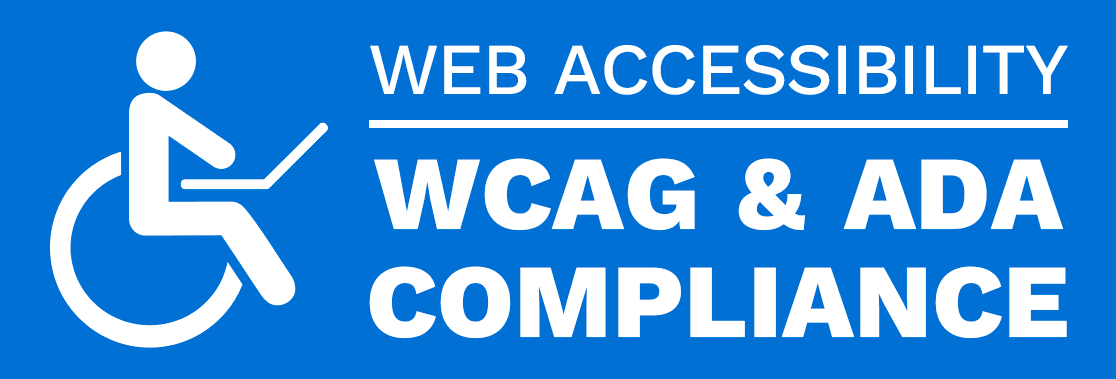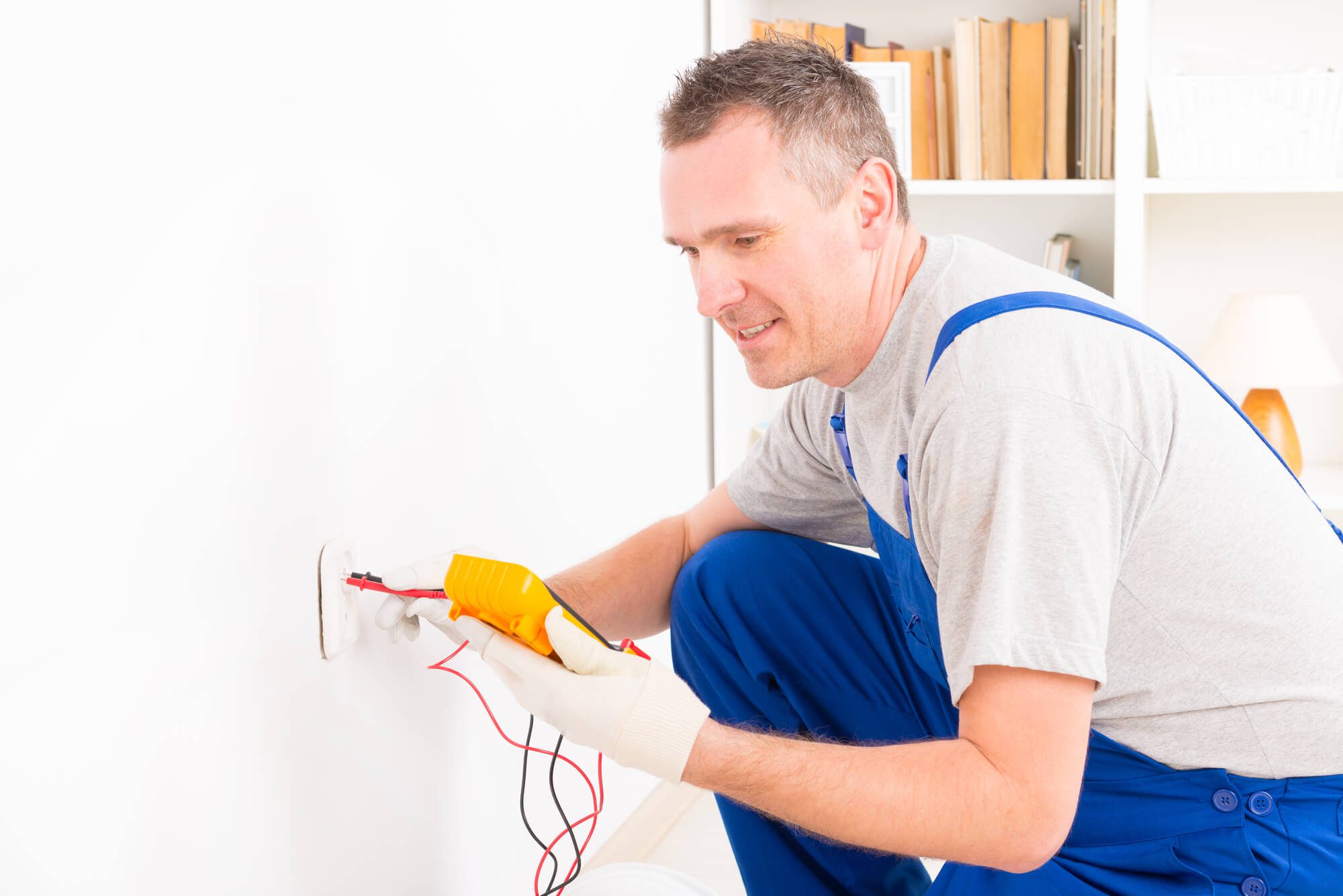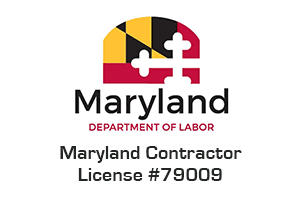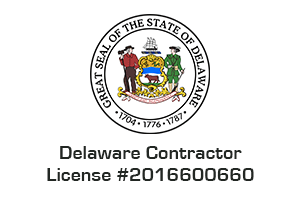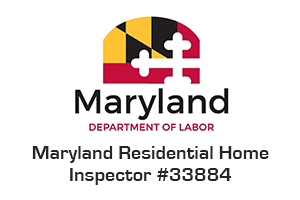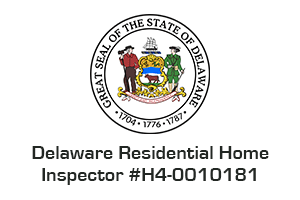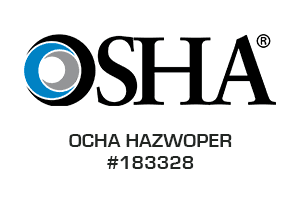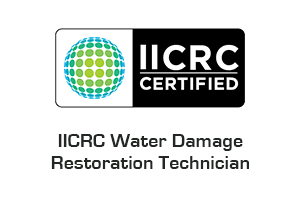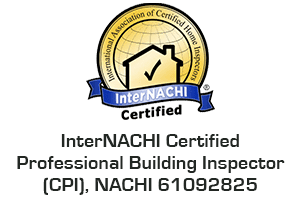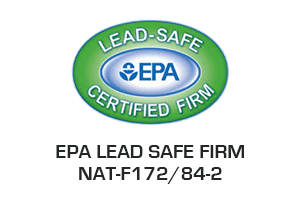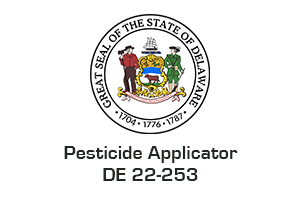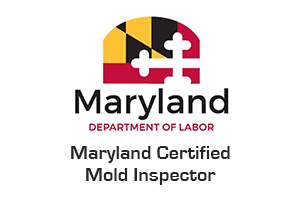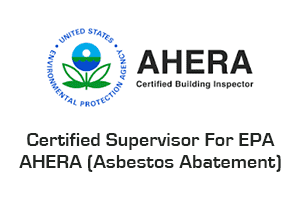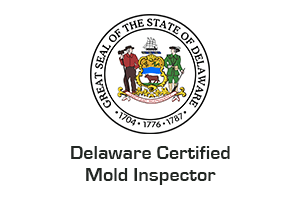Roof Inspections Come in First For The Most Findings at 19.7%
During a home inspection, one of the most critical areas to scrutinize is the roof, as it serves as the primary barrier between the interior of the home and the external elements. Various roof issues can arise, stemming from age, poor installation, inadequate maintenance, or environmental factors. Common problems identified during inspections include missing or damaged shingles, which may lead to water infiltration; sagging or uneven roof surfaces that suggest structural deficiencies; clogged or improperly installed gutters, which can cause water to overflow and damage the home’s foundation or siding; and inadequate or deteriorated flashing around roof penetrations like chimneys, vents, and skylights, which can be a common source of leaks.
If not addressed promptly, these roof-related concerns can lead to more significant damage inside the home, such as mold growth, structural deterioration, and damage to personal belongings. Hence, a thorough roof evaluation that may include the use of drones during a common home inspection is indispensable for both homebuyers and homeowners alike.
Electrical Finding Come in a Short Second: 18.7%
During a home inspection, the electrical system demands keen attention due to the significant safety concerns and potential for costly repairs associated with it. Electrical issues can range from outdated systems, such as knob and tube wiring or ungrounded outlets, to more immediate hazards, like overloaded circuits, exposed wiring, and faulty breakers. Improperly sized breakers, lack of GFCI (Ground Fault Circuit Interrupter) outlets in areas exposed to moisture, and an overcrowded electrical panel are other concerns that an inspector might identify.
Furthermore, DIY repairs or installations that don’t comply with current electrical codes can pose hidden dangers, increasing the risk of electrical fires or shocks. Given the intricate nature of electrical systems and the importance of ensuring their safe operation, a thorough examination during a common home inspection is essential. Prospective homeowners should prioritize addressing any flagged electrical issues to ensure the safety and functionality of their potential new home.
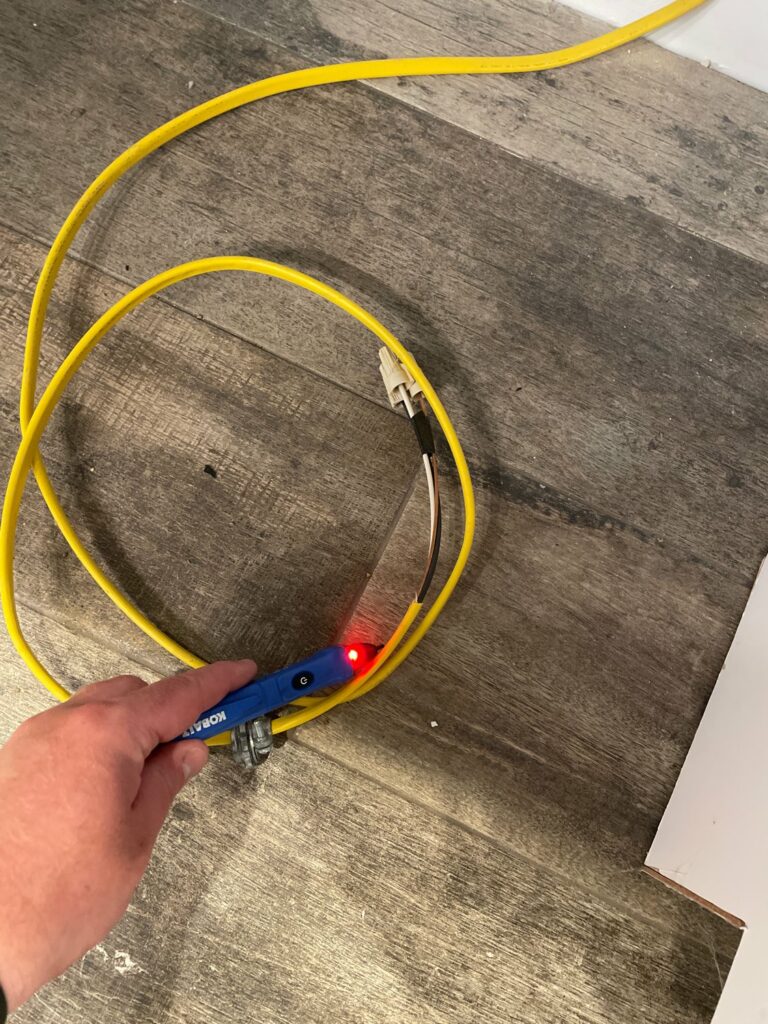
Windows Are Close Behind Electrical: 18.4%
During a home inspection, windows are assessed for their functionality, energy efficiency, and potential to allow moisture infiltration. Common window issues discovered include broken or damaged seals, resulting in fogging between double-pane windows, compromised insulating properties, and potential moisture damage to surrounding areas. Malfunctioning locks or latches, poor fitting, or rotting frames can reduce security, increase energy costs, and potentially allow for water leakage.
Additionally, older single-pane windows lack the energy efficiency of modern double or triple-pane variants, leading to increased heating and cooling costs. Caulking and weather-stripping degradation around the window frame can further compromise insulation, while improperly installed or deteriorating flashing can result in water leaks. Addressing window issues identified during a common home inspection ensures a comfortable, energy-efficient, and moisture-free living environment.
Common Gutter Issues That Inspectors Often Encounter 16.9%
During a home inspection, gutters play a pivotal role in ensuring that water is channeled away from the structure, safeguarding the foundation, siding, and landscaping. Common gutter issues that inspectors often encounter include clogging from debris such as leaves and twigs, which can impede water flow and lead to overflow. Additionally, improperly sloped or misaligned gutters might not direct water efficiently to the downspouts, resulting in pooling or spillover.
Inspectors may also identify sagging sections, rusted areas, or detached portions of the gutter system. Inadequate downspout extensions can also pose problems, as they may fail to sufficiently guide water away from the home’s foundation, leading to potential basement flooding or damage. Addressing gutter issues highlighted during a common home inspection is crucial to prevent more severe, costly damage to the home and its surroundings.
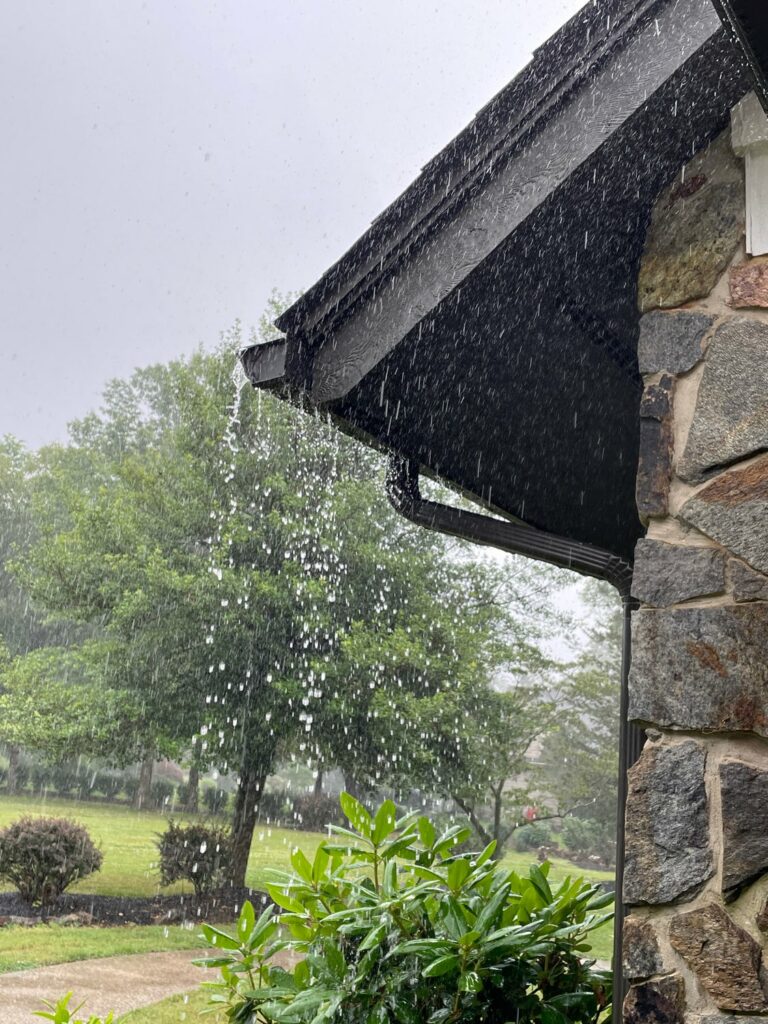
Inspectors Will Encounter Common Plumbing Issues at 13.6%
During a home inspection, the plumbing system is a focal point, given its integral role in ensuring a home’s functionality and comfort. Inspectors might encounter common plumbing issues, including leaky faucets, malfunctioning toilets, and aged or deteriorating pipes that may be prone to leaks or bursts. Inspectors may also detect signs of previous or ongoing water damage, such as water stains, mold, or corroded pipe fittings. In older homes, the presence of outdated materials like lead or galvanized pipes can pose health risks and reduce water pressure.
Improperly vented drains can lead to slow drainage or gurgling sounds, while poorly installed or failing sump pumps might increase the risk of basement flooding. Highlighting and addressing plumbing issues during a home inspection is essential to prevent potential water damage and costly repairs and to ensure the home’s plumbing system operates efficiently and safely.
Overhanging Branches at 13.3%
During a home inspection, branches overhanging the roof can raise several concerns, necessitating careful examination. Overhanging branches pose a physical threat to roofing materials, as they can scrape, puncture, or damage shingles and tiles, especially during windy conditions. These branches also provide an easy pathway for pests, such as rodents or insects, to access the roof and potentially infiltrate the home.
Additionally, falling leaves and twigs from overhanging branches can accumulate on the roof or in gutters, leading to blockages that impede proper water drainage. This buildup can hasten the deterioration of roofing materials and increase the risk of leaks or water damage inside the home. Furthermore, in the event of severe weather or storms, these branches could break off, causing significant damage to the roof structure. Identifying and addressing issues related to branches overhanging the roof during a common home inspection is essential to mitigate potential risks and maintain the longevity and integrity of the roof.
A Common Home Inspection includes Fencing Issues at 12.6%
During a home inspection, assessing the condition and stability of fencing is vital, as fences serve both aesthetic and functional purposes in delineating property boundaries, ensuring privacy, and providing security. Common fencing issues might be highlighted, including rotting or damaged posts, panels, or pickets, especially in wooden fences, which can compromise the fence’s structural integrity. Rusting, bending, or detachment are common problems with metal or chain-link fences.
Additionally, gates that don’t open, close, or latch properly can be a security concern. An improperly installed fence may lean, wobble, or even present a risk of collapsing. Over time, environmental factors like soil movement, excessive moisture, pests, or inadequate maintenance can exacerbate these issues. Addressing fencing problems identified during a home inspection is crucial for maintaining the safety, aesthetics, and value of the property.
Water Heater Issues Identified During a Common Home Inspection at 12.2%
During a home inspection, the water heater is closely scrutinized, given its essential role in providing a household with hot water for daily activities. Common issues with water heaters that might be flagged include signs of rust or corrosion, which can indicate potential leaks or imminent failure. Sediment buildup at the tank’s base can reduce the unit’s efficiency and lifespan. Inspectors may also identify inadequate venting, leading to dangerous carbon monoxide buildup in gas-powered units.
Other potential concerns include faulty temperature and pressure relief valves, which are critical safety features, or an outdated unit that doesn’t meet current energy efficiency standards. Additionally, improperly set thermostat temperatures, either too high or too low, can lead to energy wastage or scalding risks. Addressing water heater issues identified during a home inspection ensures energy efficiency, prolongs the equipment’s lifespan, and safeguards residents from potential hazards.
Driveways, Sidewalks, Patios, Entrance Landing at 11.9%
During a home inspection, the conditions of driveways, sidewalks, patios, and entrance landings are vital to assess, as they influence the curb appeal and safety of a property. Common issues that might arise in these areas include cracking, heaving, or settling caused by factors like root intrusion, soil movement, or inadequate water drainage. Uneven surfaces pose trip hazards and can lead to water pooling, further accelerating deterioration.
In colder climates, freeze-thaw cycles can exacerbate these issues, leading to more extensive cracks or surface spalling. An improperly graded driveway or patio can also direct water toward the home’s foundation, increasing the risk of leaks or structural damage. Materials like brick or pavers can become loose or misaligned, while improperly sealed surfaces might show signs of premature wear or staining. Addressing issues with driveways, sidewalks, patios, and entrance landings during a home inspection is crucial to ensure safety, preserve property value, and prevent more significant, costly repairs.
Common Home Inspection Issues With Your Air Conditioning at 9.9%
During a home inspection, the air conditioning system is a crucial component to evaluate, especially given its significance in maintaining indoor comfort. Common issues with air conditioning units that inspectors might identify include aged or inefficient systems that might not cool spaces effectively or might operate at a higher energy cost. Dirty or clogged filters can impede airflow, reducing system efficiency and potentially degrading indoor air quality.
Inspectors may also flag issues with the condensate drain line, leading to water leakage and potential damage if blocked or improperly configured. External units can suffer from corrosion, dirt buildup, or damage to the fins and coils, which can affect their performance. Additionally, inadequate insulation or ductwork sealing can result in cooled air loss, further diminishing the system’s efficacy. Properly addressing air conditioning issues highlighted during a home inspection ensures energy-efficient operation, prolongs the system’s lifespan, and provides residents with consistent and reliable cooling.
Most Importantly, Ensure the Safety and Longevity of Your Home
In the complex world of homeownership, knowledge truly is power. The ten common home inspection findings we’ve discussed not only underline the importance of thorough evaluations but also equip potential homeowners with the awareness to make informed decisions. Addressing these often-seen issues proactively can lead to significant savings in both time and money and, more importantly, ensure the safety and longevity of one’s home. Whether you’re on the brink of making a purchase, considering selling, or simply maintaining your current abode, remember that regular inspections and swift actions on these findings can transform potential pitfalls into peace of mind. Your home isn’t just a building; it’s a sanctuary, and a little foresight can ensure it remains safe and sturdy for years to come. Need a residential inspection? We have you covered!
